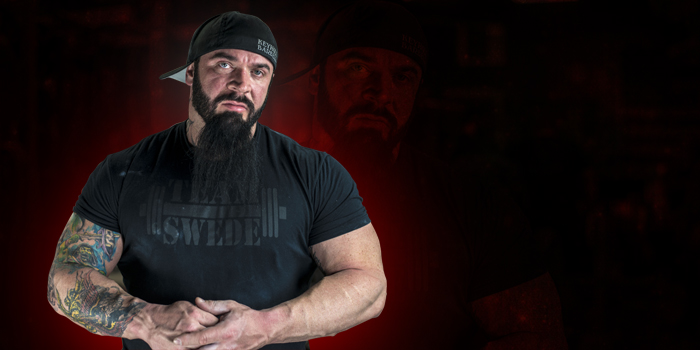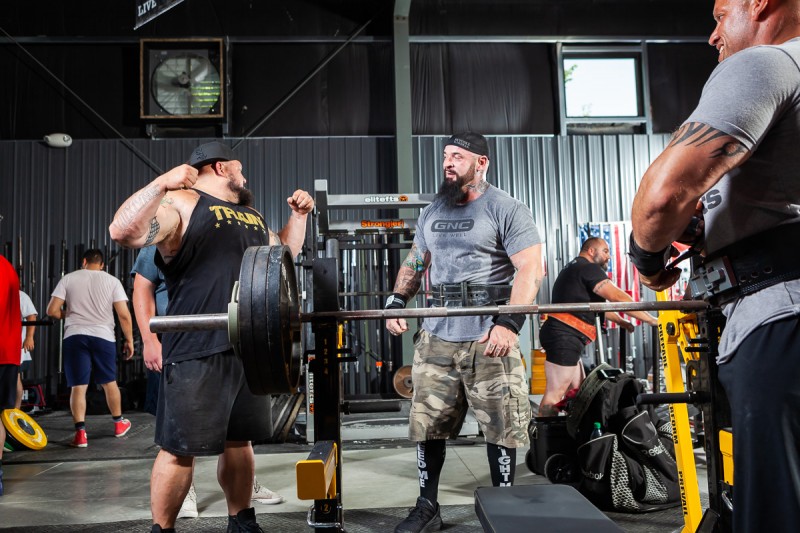
One reality I always strive to be transparent about in my writing and teaching is the fact my current position, in terms of any opinion or belief regarding a given topic, is not a final destination. Rather, it is a step amongst the stairs to the greatest, most complete viewpoint I will reach. There have been times when even one more step up set me high enough to see over a tree line I could not previously.
This ground is not the rock I thought it to be... I was wrong. This changes everything.
Before Maynard James Keenan could see the second thing, he had to accept the first. If you don’t get the reference, it really doesn’t matter in this context. We need to stay willing to be wrong. That’s the meat of the point I am making. I am certainly willing. I’m not always happy about it, but that’s another issue altogether. Who wants to admit that their own beliefs (sometimes foundational beliefs) are flawed, especially when it means stripping down everything built upon those convictions and then reassessing? Well, someone who wants to improve. Like I said, I’m not always thrilled about it, but in the face of enough evidence, I am always willing.
RECENT: The Death of Powerlifting
Throughout my career as a coach, I have actually spent months and even years pursuing ideas that turned out to be, let’s say, less than sound. If I stuck to my guns in those cases and refused to be persuaded the course I was on wasn’t heading where I wanted to go, I would not be where I am right now. That much is certain. There would be no 5thSet, and I’d never have had the chance to help the thousands of lifters I have.

If we took a good hard look at all the things I’ve tried as far as program design over the years, we’d see more failures than successes, I assure you. But each failure gave me more information. Information I used to make better decisions and prevent similar wrong turns moving forward. It’s important to mention the mistakes or lessons I’m referring to came after I already had a solid understanding of almost all of the factors at play in the math of effective strength training.
The greater lesson in all this, like most things I write about, is valid and applicable in professional, personal, and training contexts alike. So I’ll weave a little tapestry for you here. The last bit about “the math” of strength training reminds me of a pretty solid example of what I’m talking about.
My fiancée Sydney is (aside from being a supermodel) a math and computer science geek with a GPA she is happy to brag about. For one of her computer science classes this past semester, she was tasked with writing all the code for a video game. It was basically a knock-off of World of Warcraft for those of you lame enough to know what that is. She went into this semester-long endeavor with a very good working understanding of C++, which is the general-purpose programming code language they used.
Throughout the course of the semester, I watched her struggle, sometimes until three in the morning, with issues her professor would not explain. I became furious she wasn’t getting the help she needed, but Sydney refused to complain. She told me in the beginning of the class when she was given the assignment, the professor explained, “There are quite a few issues that you guys will run into in this process. Hopefully you can figure them out.”
Wow, sagely fucking words, I thought sarcastically. But hindsight is some sobering shit, isn’t it?
RELATED: Who is in Charge Here, Anyways?
As she would struggle and figure things out on her own, each problem became easier. Eventually, the volume of work that would initially take a week of late nights became a single night and sometimes a couple of hours. It turned out knowing the language was not tantamount to using it efficiently for a large-scale project. She knew the variables but didn’t have a firm enough understanding of how they all worked together. That was a skill that took practice, and some of it was beating her head against the wall.
Hopefully you are picking up what I’m putting down here. For those of you lacking in the reading comprehension department, I’m drawing a parallel between her being solid with the computer programming language they used and me having a solid handle on the factors at play in programming for strength training like I mentioned above. We both had to be tested and humbled. Then tested more. Then humbled more. Some things you can’t learn from books.

This is the reason the people with the most experience are the most willing to admit they don’t know everything: That lesson has been crammed down their throat enough times it’s become hard to forget.
Now you don’t need to learn any fancy programming language to be awesome at playing video games, and the same is true for being a great lifter. But I’m sure you can find some parallels there, as well.
One more for the road: Almost exactly a year ago, I wrote a semi-sarcastic New Year’s resolution article for my column here on elitefts. I mentioned that I was giving up traveling constantly, obsessing about the ocean, my Hunger Games-esque love life, and I was going to become monogamous — an idea so far-fetched it forced me to break character and admit everything I’d written to that point was satire.
READ MORE: Top 5 Lessons I've Learned as a Coach
Well, fast-forward a year: I’m still traveling and eternally connected to the sea. But I’m engaged and completely devoted to the most fulfilling relationship I’ve ever had, and it’s entirely monogamous. Crazy, I know. Maybe it’s a self-fulfilling prophecy. Who can say?
One thing is for sure. If I were truly convinced where I stood when I wrote that was the greatest, most complete viewpoint I’d reach, it would have been. And I’d have missed out on the best thing that’s ever happened to me.
Some New Year’s food for thought.










